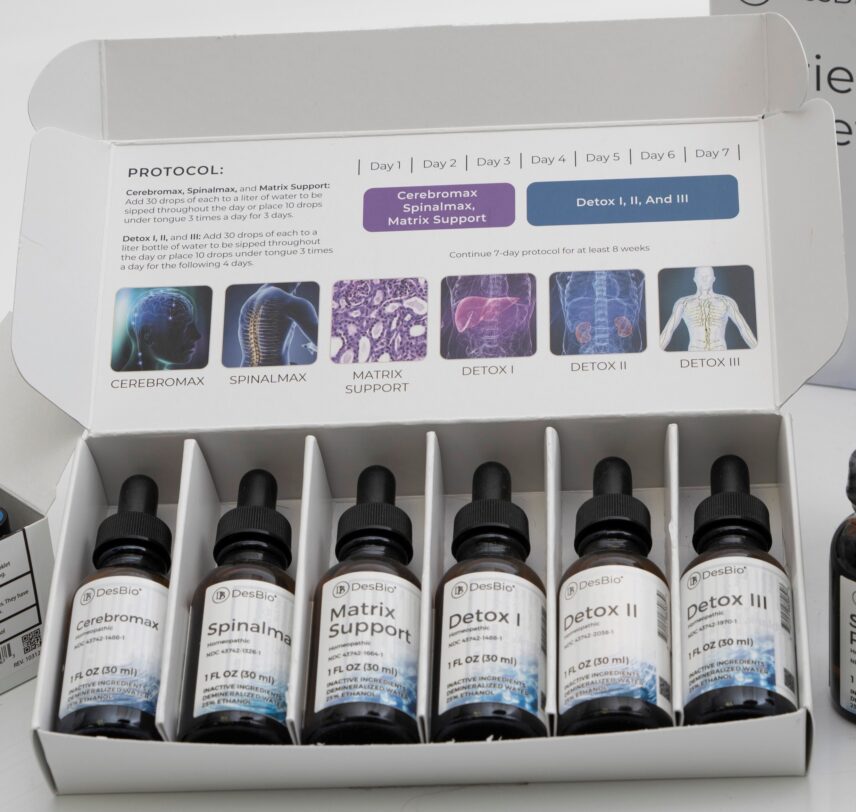It is no longer a question of if we are toxic, but a question of how toxic are we.
We live in an industrialized world. We are exposed daily to a variety of potentially harmful chemicals in the air that we breathe, the food and drink we consume, the surfaces we touch, and the products we use.
From a health perspective, a “toxin” is any agent (physical, chemical, or microbial) that adversely modifies or damages a biological system in one’s body. There are two types of toxins: exogenous and endogenous. An exogenous toxin enters the body from the external environment while an endogenous toxin is produced inside the body as a by-product of metabolism. External sources of toxins include air pollution and cigarette smoke, pesticides and herbicides, heavy metals, ingredients in personal care products, flame retardants used in appliances and fabrics, electromagnetic fields, pathogenic microorganisms, and prescription medicines.
Your body was designed to neutralize and eliminate toxins. To do this, your body requires pathways of elimination, referred in medical terms as “emunctories,” to escort toxins out of the body. The primary emunctories of the body are the liver and intestines, which remove solid waste and microorganisms; the kidneys and urinary bladder, which eliminate liquid waste and heavy metals; the lungs, which exhale gaseous waste; and sweat glands underneath the skin’s surface, which remove metabolic waste. When the primary emunctories are exhausted, then waste elimination passes less efficiently to secondary emunctories. The secondary emunctories include your skin, the largest organ of the body, and the mucous membranes of the urogenital, respiratory, and gastrointestinal tracts. If both the primary and secondary emunctories are not working sufficiently to eliminate toxins from our bodies, the stage is set for the development of chronic disease.
While it may seem clear that detoxification is a necessary process to keep one healthy, what is often missed is the concept of drainage. I often encounter people battling a chronic illness who embark on a detoxification program and then end up feeling worse. Headaches, skin problems like acne or rashes, persistent fatigue, digestive issues such as bloating and constipation, pain and inflammation, and difficulty concentrating or brain fog are all signs for the need for drainage to support the detoxification process. Drainage is different from just detoxification. If one experiences acute toxic exposure, then detoxification alone is the ideal treatment. In this case, the body was exposed to a higher level of toxins at one time than it could normally handle. Think of alcohol poisoning, a prescription overdose, an accidental ingestion of a cleaning product. These are rare occurrences. More commonly, toxicity occurs over time as the body is constantly called upon to eliminate toxins, either more or different from what the body was designed to handle. As a result, the body’s ability to naturally eliminate toxins becomes impaired and the emunctories underperform which leads to further accumulation of toxins in the body and degeneration of the organs of elimination. In these chronic situations, Biotherapeutic Drainage® is key to health recovery.
The goals of drainage are to gently restore balance to the body at the cellular level, restore the emunctories’ ability to naturally detox, repair organs affected by chronic disease, and build up the body’s tolerance and resistance to future toxic exposures and illness. Drainage is a unique and safe way to detoxify. Drainage allows for the elimination of toxins without aggression or forcing the body to eliminate beyond its’ physiologic limits.
The concept of drainage using homeopathic preparations was first developed in Europe by a group of doctors, Antoine Nebel, Leon Vannier and Andre Rouy, in the early 1900’s. They found that homeopathic drainage helped stimulate innate healing by working on deep cellular detoxification and correcting imbalances in the body.
It was the subsequent work of a group of French physicians led by Dr. Gérard Guéniot that expanded on the principles and developed the modern-day concept of Biotherapeutic Drainage®. In addition to homeopathic preparations, Dr. Guéniot and his colleagues established a dynamic, integrative system that uses natural remedies to help the body restore normal physiological function. Their approach emphasizes working with the body—not against it—to gently support detoxification, balance, and repair.
I was first introduced to the principles of Biotherapeutic Drainage® more than 15 years ago as I was in the process of recovering my sons from autism. Although other parents had success in recovering their autistic children, particularly those with acute toxic exposure, using heavy metal detoxification protocols based on chelating agents, my sons’ situation required a gentler approach. I had the honor to study for two years in Canada with doctors who themselves studied directly with the late Dr. Guéniot before his death in 2009. I became one of the first certified Biotherapeutic Drainage® practitioners in 2015 and one of only a few certified practitioners in the United States. Since then, I have found Biotherapeutic Drainage® to be a key part of my success in recovering my clients, both adults and children, from a variety of chronic illnesses.
